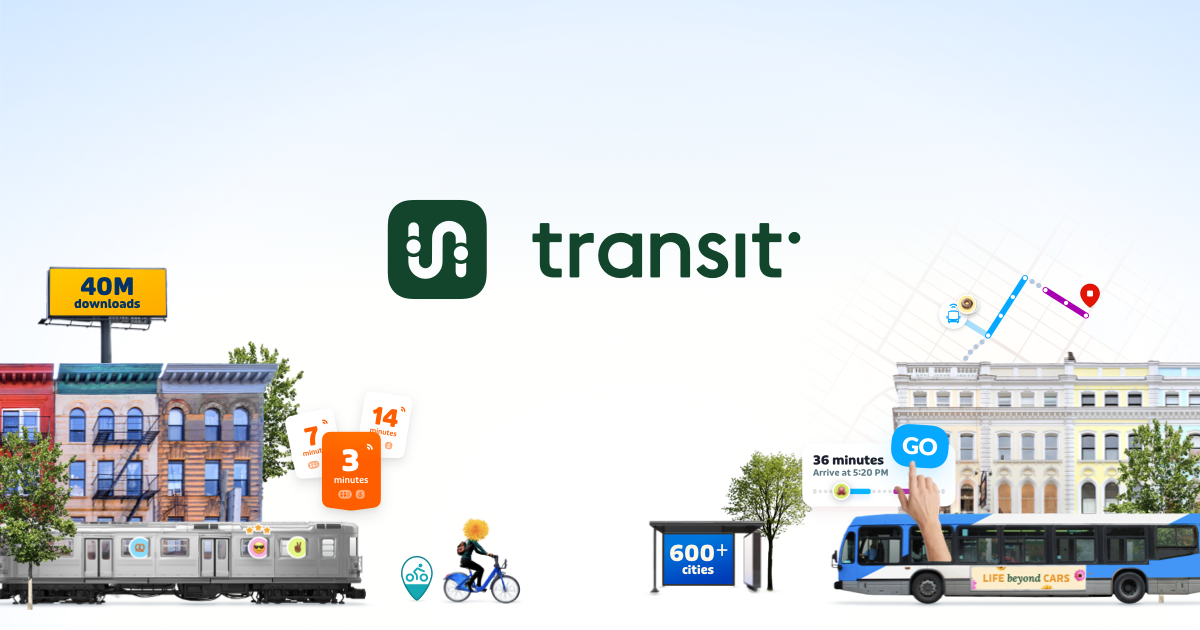bigeman312
Senior Member
- Joined
- Jul 19, 2012
- Messages
- 2,364
- Reaction score
- 2,370
Which bus routes would make the most sense to shorten, and which bus routes would still need to continue on to Forest Hills? In some cases, a bus route or so would still need to continue to Forest Hills to maintain connections with other bus routes, similar to how the 77 continues past Porter onwards to Harvard, even with the Red Line paralleling it.
The 51 seems like a no brainer to cut back to Roslindale immediately if the OLX were to happen. The 40 and the 50, I think also should be shortened. 34E is also a good candidate. In the meantime, I think the regular 34, 35, 36, 37, should all continue on to Forest Hills for direct connections with other buses. So about 4 of the 8 bus routes would be shortened.
Then, if OLX2 to West Roxbury were to happen. The 35 and the 37 should all be axed, and instead run a modified 35 using the 37's terminus, and run to Dedham Mall as a combined 37/35 route, picking up at West Roxbury. The 36 would continue to make local stops out to Forest Hills. This leaves only the 36 and the 34 as the last remaining 2 bus routes running between Roslindale and Forest Hills. This is similar to how the 39 operates between Heath and Copley.
The 37 is being eliminated as part of the bus network redesign (BNRD). The 52 is being re-routed over Spring, Centre, Lagrange, Lasell/Vermont to serve part of the current 37 territory, so there is no need to consider that route in this thought process.
You're right that the 51 is the most "no-brainer" to cut back to Roslindale in the case of OLX to Roslindale. Other than that, it would worth watching how ridership would respond to OLX and make a data-driven decision about which routes to cut back to Roslindale Village.
In my estimation, the next most logical route to cut back to Rozzie would be the 34. After the BNRD, the 34's route will be nearly entirely duplicated by other complimentary routes to Forest Hills.
If you were to cut one more route back to Rozzie, it would make sense for it to be the 36. In that scenario, there would still be a one-seat ride from the outbound terminus of the 36 (Dedham Mall) to Forest Hills, via the 35, and just a short walk to the 34E. Most of the route is duplicated by the 35, and supplemented by the Needham Line, so there would be very little, if any, transit connections lost there.
That leaves you with five bus routes serving Washington St (Roslindale) to the Forest Hills Upper Busway: the 30 (1+ BPH), 34E (1+ BPH), 35 (2+ BPH), 40 (1+ BPH), 50 (1+ BPH), leaving that corridor with 6+ BPH, down from 11+ BPH post-BNRD. Like you alluded to, that leaves the Washington Street (Rozzie - Forest Hills) as an appropriate key-bus corridor between two HRT transit stops along the same line, for which there is plenty of precedent. For example, that is true for the following corridors post-BNRD:
- Mass Ave between Porter and Harvard
- Mass Ave between Harvard and Central
- Mass/Main between Central and Kendall
- Tremont between Ruggles and Roxbury Crossing
- Columbus between Roxbury Crossing and Jackson Square


